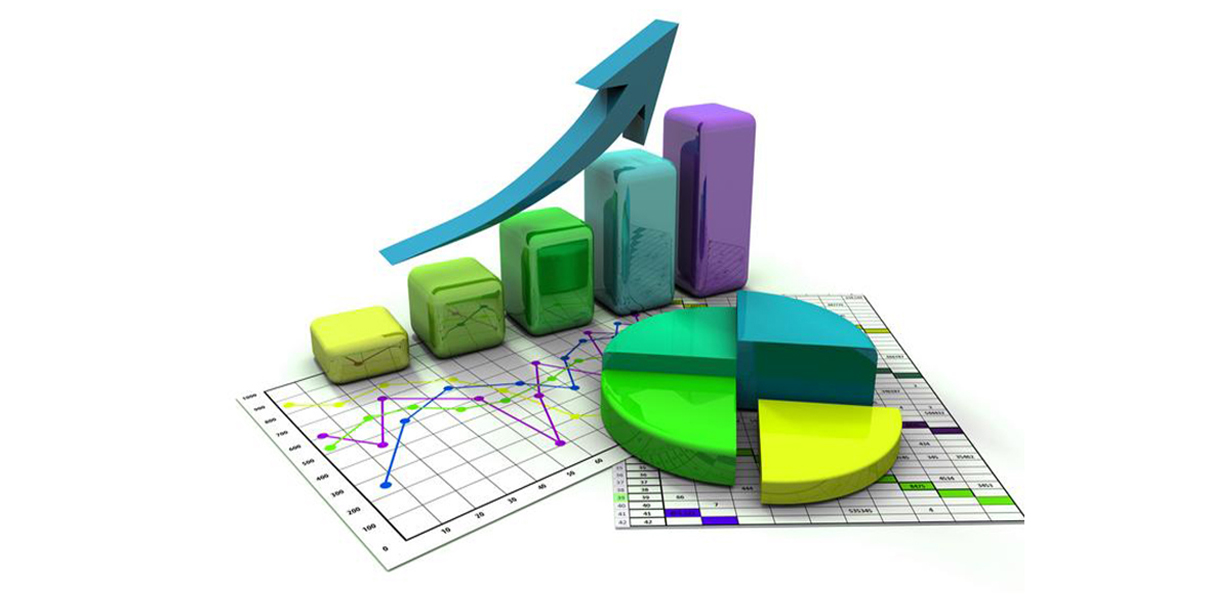Trade statistics are essential for understanding the trends, dynamics and impacts of international trade. However, collecting and analyzing business data can be difficult due to a variety of data limitations, such as gaps, inconsistencies, errors, or discrepancies. In this article, you’ll learn some practical strategies for overcoming these data limitations and improving the quality and reliability of your business analytics.
Identify the source and type of data restriction
To overcome data limitations, it is essential to identify the source and type of data limitations affecting your business statistics. Common sources include data availability, data comparability, data accuracy, and data bias. Data availability can lead to missing or incomplete data, while data comparability can lead to inconsistent or incompatible data. Additionally, errors or corrections in business data can lead to inaccurate or distorted data, and incentives or pressures to manipulate data can lead to misinformation or fraud. Depending on the source and type of data throttling, you may need to apply different strategies to deal with it.
Use alternative or complementary data sources
One strategy to overcome data limitations is to use alternative or additional data sources that can fill in gaps, verify consistency, or correct errors or discrepancies in your primary data source . Mirror data, international databases, and proxy indices are all examples of such sources. Shadow data can help identify and resolve gaps or anomalies in your primary data source. International databases provide the ability to access and compare trade data across countries or regions using standardized methods, classifications and definitions. Proxy metrics such as shipping records, customs declarations, satellite images or media reports can verify and correct the accuracy or bias of your primary data source. All of these sources can be extremely helpful in overcoming data limitations.
Apply statistical methods or techniques
To overcome data limitations, statistical methods or techniques may be applied to estimate, impute or correct missing, inconsistent, inaccurate or misleading business data . For example, regression analysis can be used to estimate missing or incomplete data based on available data and explanatory factors. Data smoothing can reduce noise or variation in business data by averaging, filtering, or interpolating that data. Data editing can adjust business data to remove errors or discrepancies by scaling, weighting, or normalizing the data. All of these strategies can help make business data more consistent, compatible, accurate, and realistic.
Assess the limitations and uncertainties in your business analysis
The final step in overcoming data limitations is to evaluate the limitations and uncertainties in your business analysis based on the data sources and methods you used. You must identify and communicate potential sources and types of data limitations, alternative or additional data sources, and statistical methods or techniques you have applied, as well as strengths and weaknesses, assumptions and limitations as well as their error rates and confidence intervals. You should also compare and contrast the results of your business analysis with other research or sources, and explain the possible reasons for any differences or similarities. That way, you can improve the reliability and value of your business analytics and identify areas that need improvement or further development.








